Interview by Aaron de Silva
Rewind
Rewind
Interview by Aaron de Silva
Twenty years have flown by since Sim Boon Yang and Calvin Sim set up eco-id. In the course of these two decades, the pair have orchestrated many an award-winning resort, helping to redefine the resort typology in the process. Revisiting their early works – such as The Metropolitan, The Sarojin and the W Maldives – Boon and Cal (as they like to be called) reminisce about their struggles and triumphs. A resort’s reflecting pool inspires contemplation; similarly, moments like this allow introspection. And just as the pool’s mirror-like surface reflects the beauty around it, a revisitation allows an appreciation of the big picture.
Looking back on your early projects, what comes to mind?
Boon
Our first project was a hotel in Manado, Indonesia, that Tang Wee Kit (Executive Chairman of Tang Holdings) commissioned us to do.
Cal
Wee Kit had one condition, which was that he wanted us to set up our own firm. So we started the company with one employee in the basement of my house!
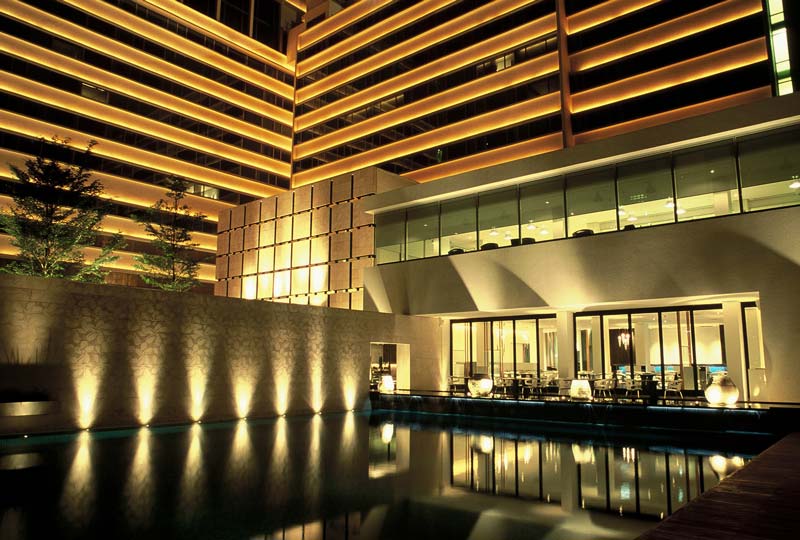
Boon
Unfortunately the Manado project stalled, but we had a few ongoing residential projects and A&A (additions and alterations) works. That led us to a few hospitality projects such as The Metropolitan hotel in Bangkok; The Sarojin, a classical resort in Khao Lak, Thailand; and the W Maldives, the first W resort in the world. Another interesting chapter was when, by chance, we got approached by RSH Limited to work on a Reebok shop that could be rolled out internationally, on different scales – mega-flagship, medium-sized store, store-in-store.

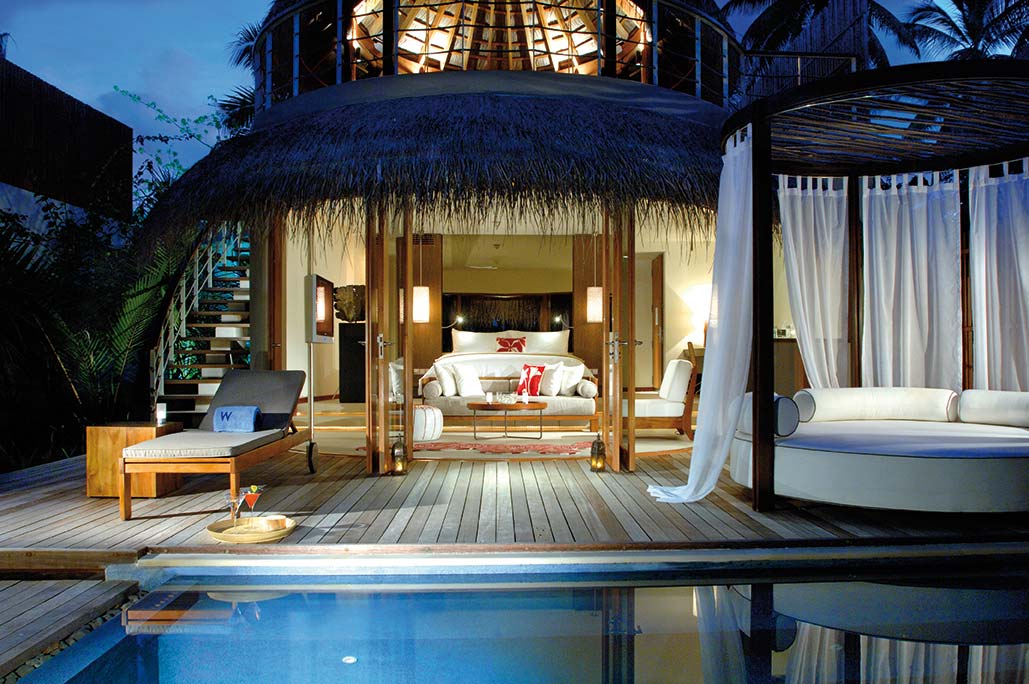
Sounds like you scored a coup!


Cal
We had no track record, only good ideas. (Reebok) took a risk with us. Our concept for the 7,000 sq. ft. mega-flagship in Millenia Walk had an electronic shopfront composed of back-projection TVs, a branding wall, and a stainless steel bridge which customers had to cross. When they arrived inside, there was an edutainment section, a shoe wall, a Star Wars-like console etc. Then they entered a capsule, which had TVs playing music and information on Reebok. It was very futuristic, but unfortunately a little too ahead of its time. It lasted for about six months, and then it was taken down. However, Reebok bought the rights from us and rolled out the concept in different scales all around the world.
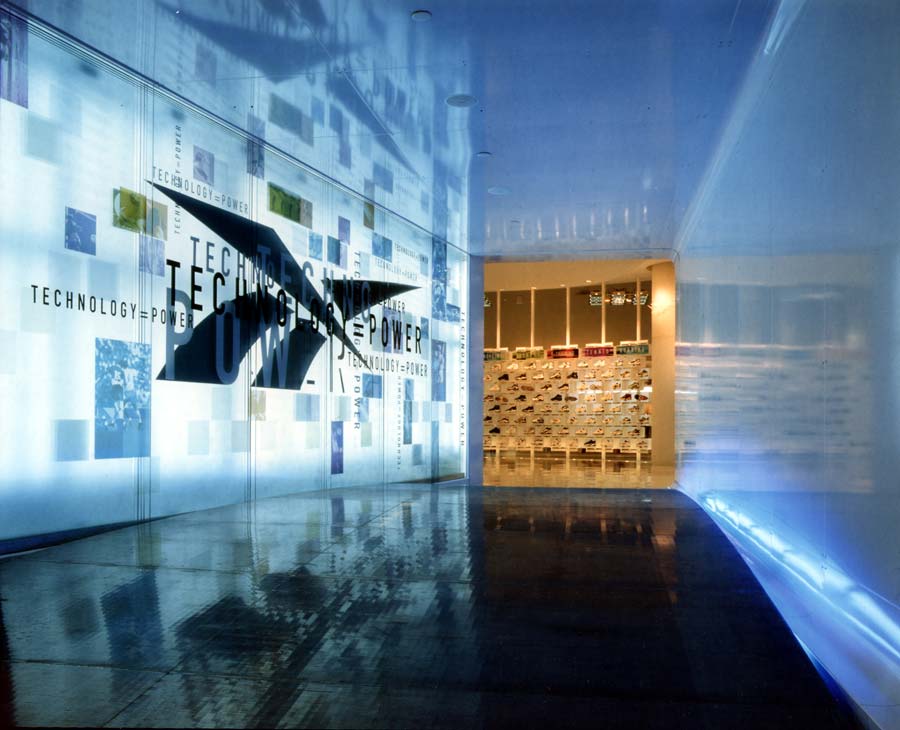

Boon
That experience taught us about branding and how to engage the target market correctly. Eventually, that became important to our work in hotels.
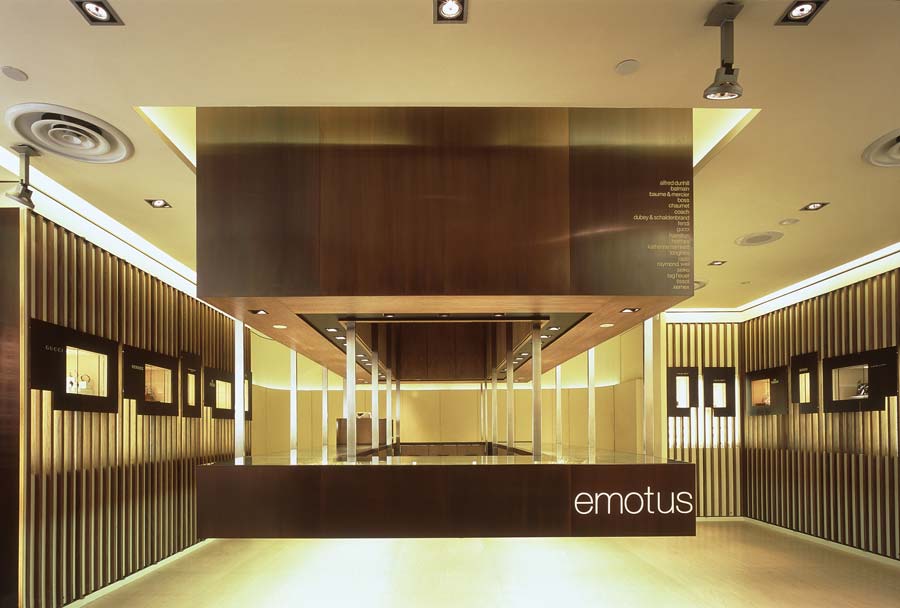
Cal
Another retail project where branding was important was Emotus, an affordable luxury watch shop. That exercise was a struggle between articulating the shop’s identity and individual watch brand identities, and how you give equivalent weightage to each. High-end watch shops usually practice the culture of intimidation, but if you overdo it, nobody will come. So we had to make the shop feel classy but also welcoming.
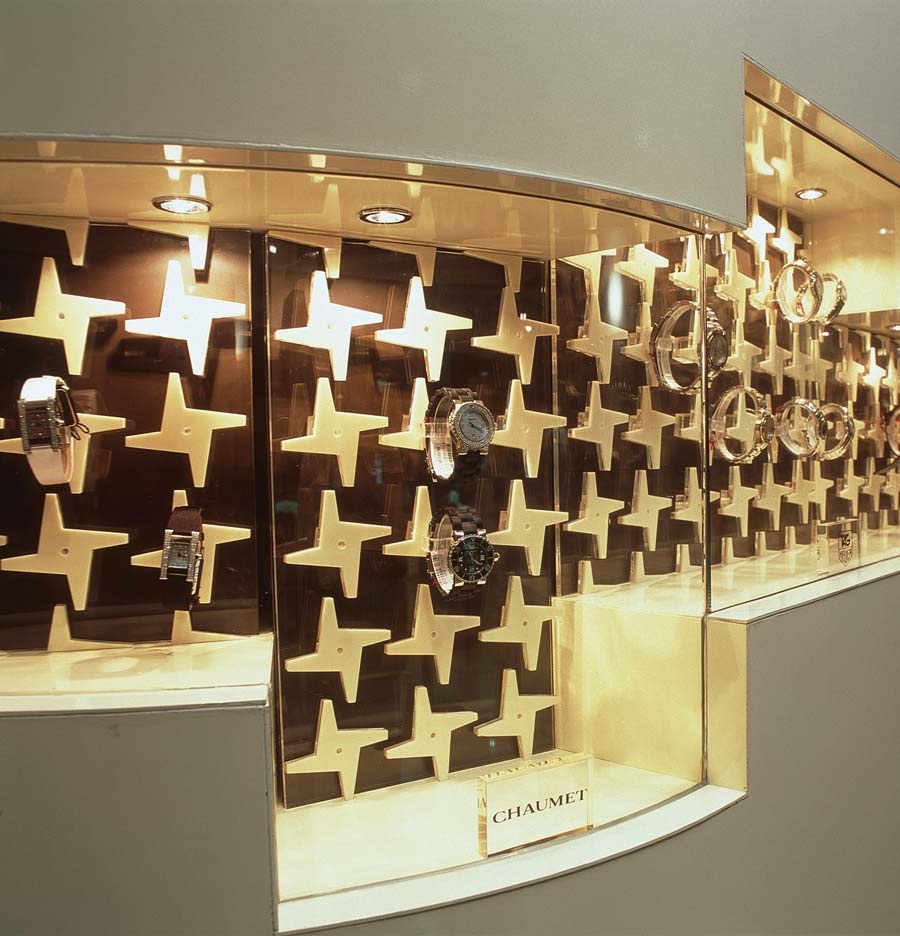



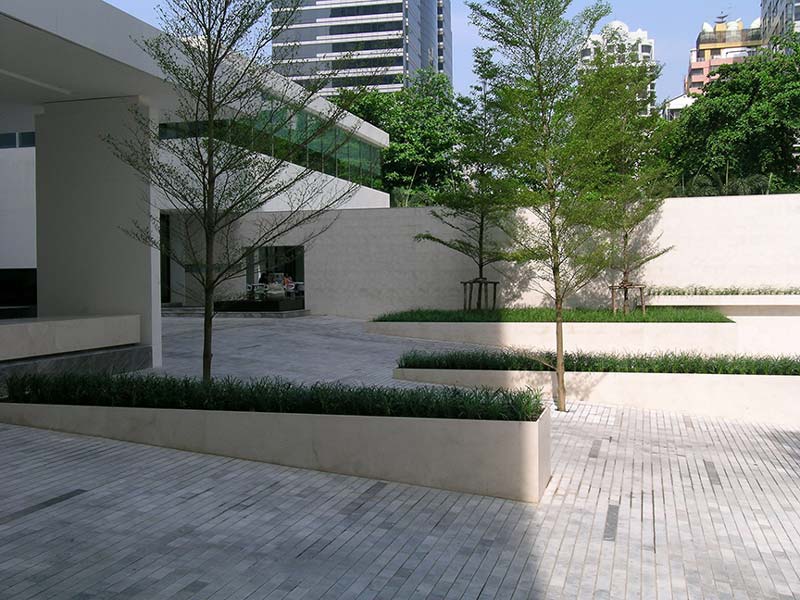
How do you feel about those projects now?
Boon
What were you seeking to express?
Cal
The early jobs were not about showing off. We liked the challenge of doing something that we had never done before. We had no preconceived ideas of what it should look like. Every job was done from the ground up.
Boon
We wanted to craft spaces well, in terms of elegance and proportion. Simple terms that are somewhat lost these days. People tend to look for the ‘wow’ factor.
What fundamentals did those early projects contribute to your understanding today?
Boon
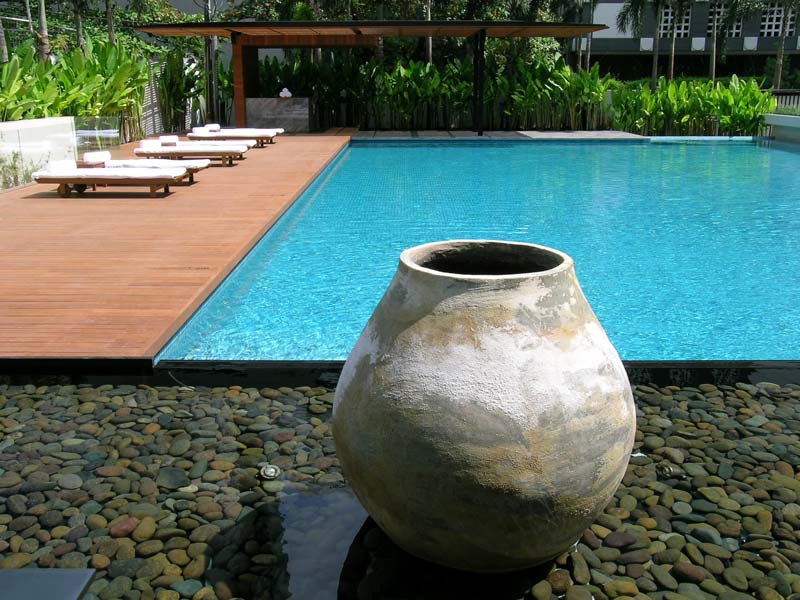
Experience is a double-edged sword. Your knowledge has increased, but so has the baggage that comes with it. Jadedness can set in very easily.
Cal
Every project that we take on, we look at it from a fresh angle. We don’t let that jadedness affect us. Like with The Metropolitan. The client required us to think out of the box. How do you convert an old, 300-room YMCA into a glamorous hotel? We did major work to this hotel, created a new lobby, a new gym, the Met Bar, redid the pool, and converted the gym into duplex suites. It was an exercise in restraint, how not to overdo things. That’s the DNA of the operator, Christina Ong (head of COMO Hotels and Resorts).
Boon

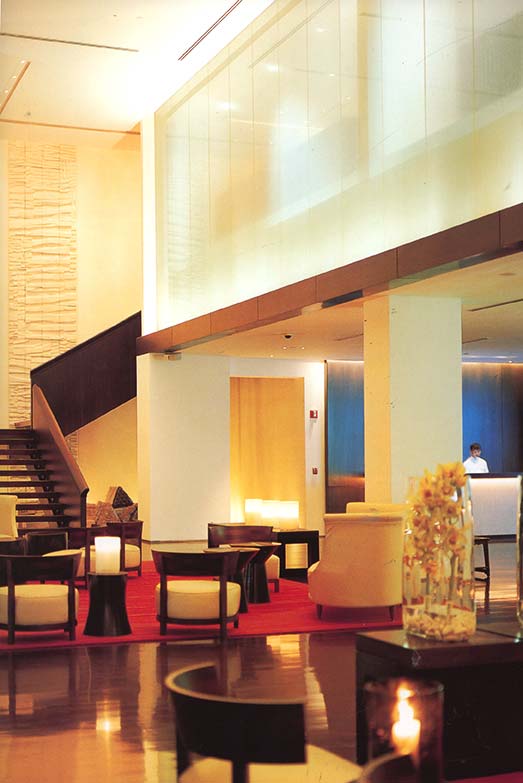
Then came the W Maldives. How did that come about?
Cal
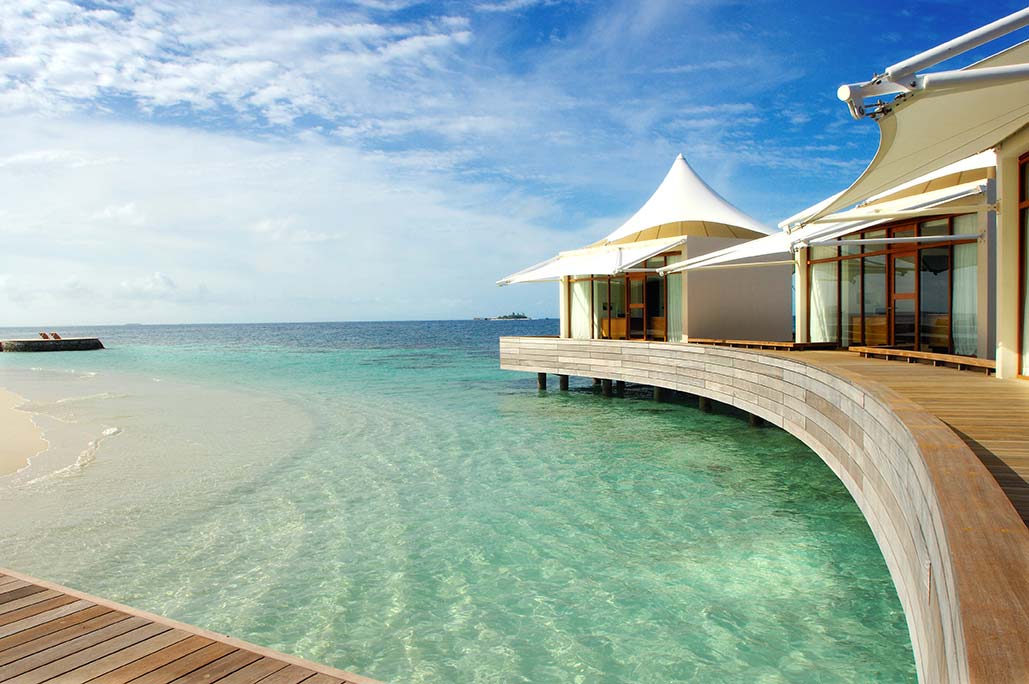
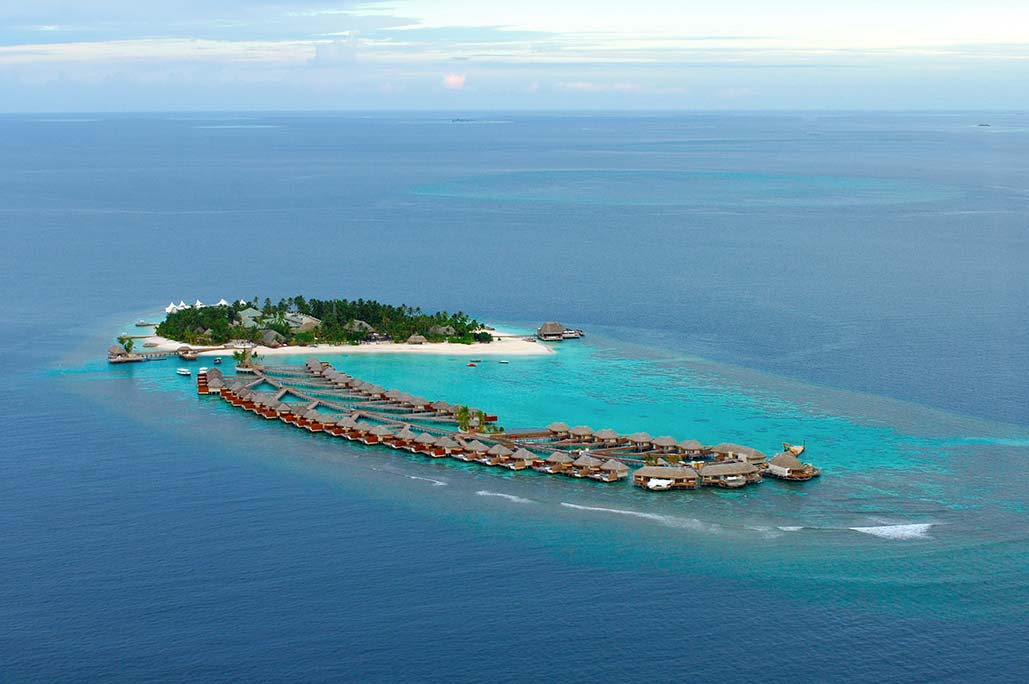
In 1997, just one year after starting the company, the Asian Financial Crisis hit. How did that affect you?
Boon
We’ve always been very careful with how we ran the business, whether in terms of hiring or otherwise.
Cal
Has the way you work changed in the last 20 years?
Cal
We still work in much the same way, except maybe we’ve refined our processes. Now, when we start on a resort project, we’re more informed, and it begins with a particular narrative. That’s the trick, to get it right in the early stages, when you’re inspired by the DNA of the project or the narrative of the location. We used to go to client presentations with 20 AutoCAD drawings, but now we show them a magazine that we produce in-house, specifically for the project. We started doing that when we were working on The Metropolitan. A magazine looks more presentable than storyboards. Clients tend to criticise less with a book. They feel like it’s already complete.
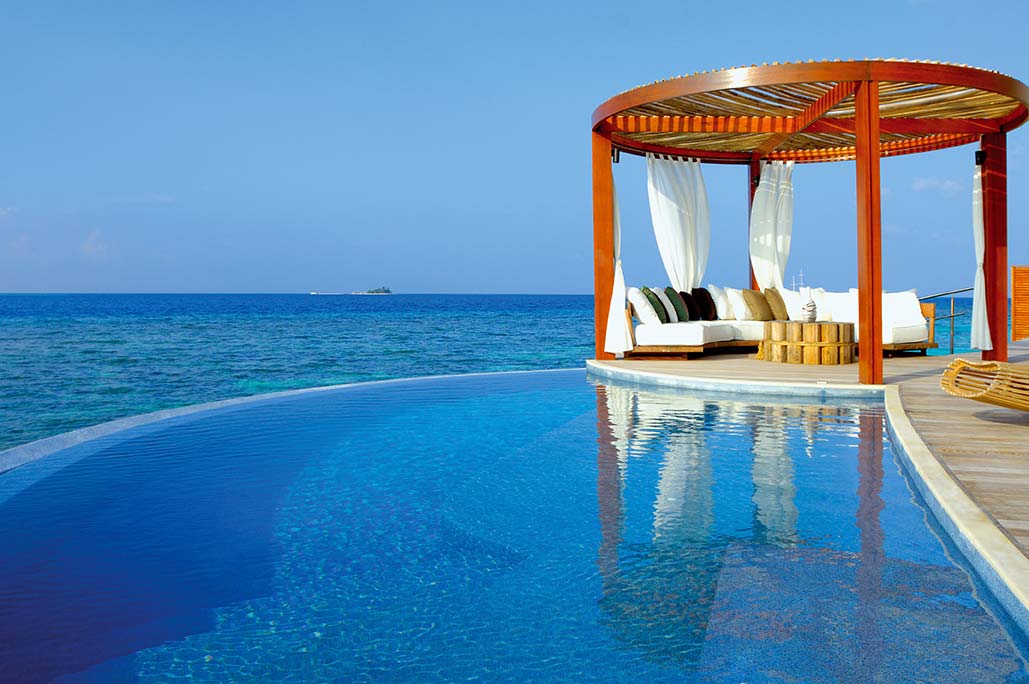


What do you think your role as an architect is today?
Boon
I think having a healthy disregard for convention is important, because then you scrutinise everything. We have a contrarian view of things, and the more we apply that, the more we look at things differently.
Cal
